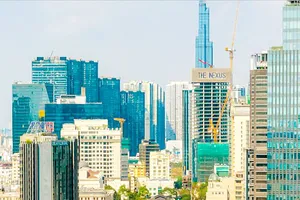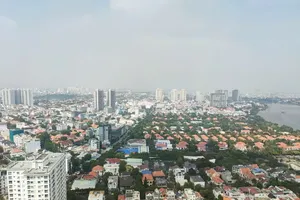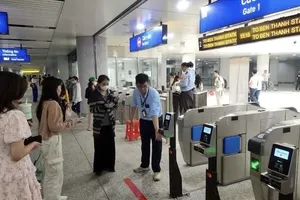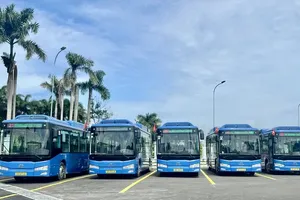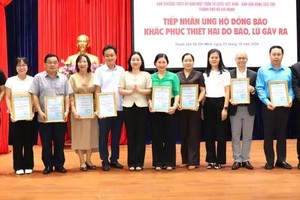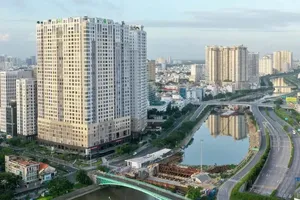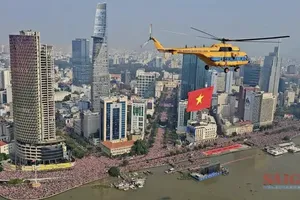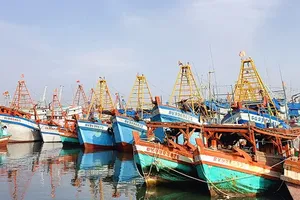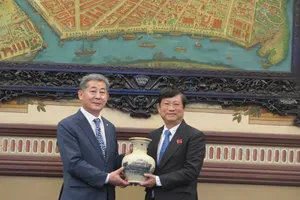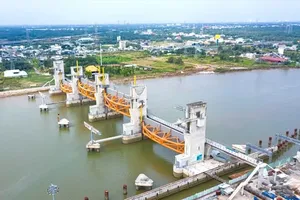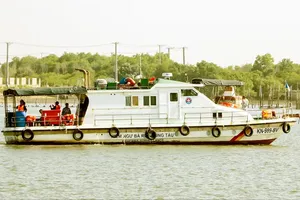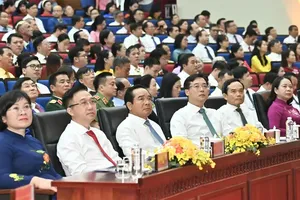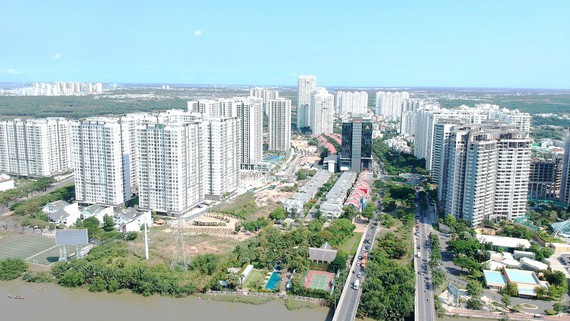
Eastside’s bolster
With the rail tracks and terminals completed, the No. 1 Metro Route from Ben Thanh to Suoi Tien is nearing its completion after the recent test run.
An elderly man named Tu who lives in District 9 expressed his excitement about the new track. “I’m going to take a ride to Ben Thanh Market for some noodles, then come back and tell my wife all about it”, he exclaimed.
Meanwhile, the Hanoi Highway was expanded into a proper highway with 12 to 16 lanes in 2010, with skyscrapers replacing the rundown slums along both sides.
Another big part of the Eastside is Pham Van Dong street that connects Tan Son Nhat International Airport with the bordering Thu Duc District and then Bien Hoa City in the neighboring province of Dong Nai. This route which includes 6 to 12 lanes has significantly cut down people’s travel time from the airport since it was opened.
Southside freshened up
15 years ago, the land along Nguyen Huu Tho Street, Nha Be District was among the land plots not properly to the main urban road infrastructures.
At the time, the owner of Phu Long Real Estate Company risked it all to bid for the plot at VND500 billion (about US$21.5 million). Now people believe it has earned the potential to become a prosperous project like Phu My Hung.
At another juncture, 7.5km of road on Nguyen Van Linh Avenue and Nguyen Huu Tho Street that leads to Nha Be district has been expanded.
The land acquired after clearance was auctioned off by the city, earning them a large amount enough for road building.
Hoang Tung, the newly appointed Chairman of Nha Be District’s People’s Committee, said Nguyen Huu Tho is the backbone of the district, connecting the city center with nearby urban areas and most specially the Hiep Phuoc port area with the scale of 3,000 ha.
The right of way on Nguyen Huu Tho street is 40m wide with 4 lanes but has recently become cramped, and the city had approved an expansion plan.
According to an expert at the HCMC System Center Remote Sensing and Geographic Information, satellite images and population growth data showed that Nha Be district has an urbanization rate of 10% per year, and population growth rate of 8% per year.
As a result, Nha Be District sets out to become an urban district for the term 2020-2025.

